With the calendar quickly turning to August you might think you’re out of time for new plantings. But with a few quick crops you can fill in those empty garden spaces and your dinner plate before the season winds down.
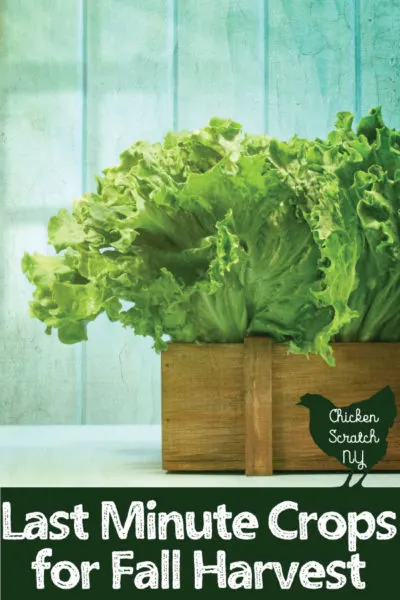
Fall is a great time to rethink your gardening strategy, you can look back at what you did during the summer and see what worked and what didn’t. Look for your the problems areas in your garden and gardening and try something new.
Usually by late August or early September the afternoons are cool enough that I can spend a large chunk of time outside without spontaneously combusting. That’s when I catch up on all the minor weeding that I let go during the summer. Check out my post on Weeding When You’re Overwhelmed to learn more about my garden triage method.
As for deciding what to grow, planning for a fall harvest isn’t much different than selecting for a spring garden. You should grow things you enjoy eating and things that will do well in your area. I’ve got you covered on that second point with a whole basket load of late summer, quick growing crops for a fall harvest.
Beets
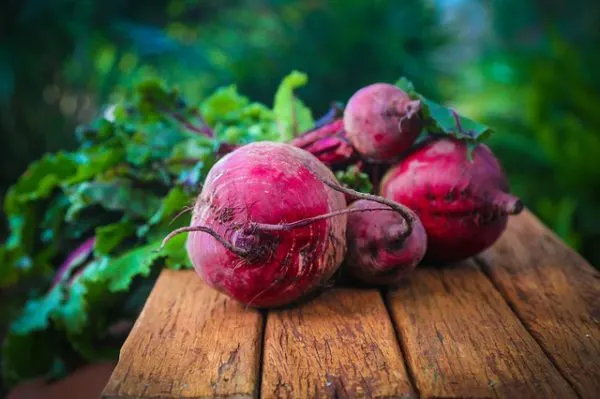
If I could only grow one veggie it out be beets. I can’t bring myself to buy them in a store (occasionally I’ll snag a jar of pickled ones though) because they’re so expensive.
I’ve never been bothered by the bleeding red color but if you are you can always check out the gold or white varieties. Beets grow well in cool weather and with a short season they are perfect for summer planting for a fall harvest.
It’s important to keep the soil well watered and they will benefit from a layer of compost as mulch to keep the roots cool before the days cool down.
Fall Planting Varieties: Bulls Blood, Early Wonder Tall Top, Touchstone Gold
More Information: Farmer’s Almanac – Beets, Cornell Gardening – Beets
Carrots
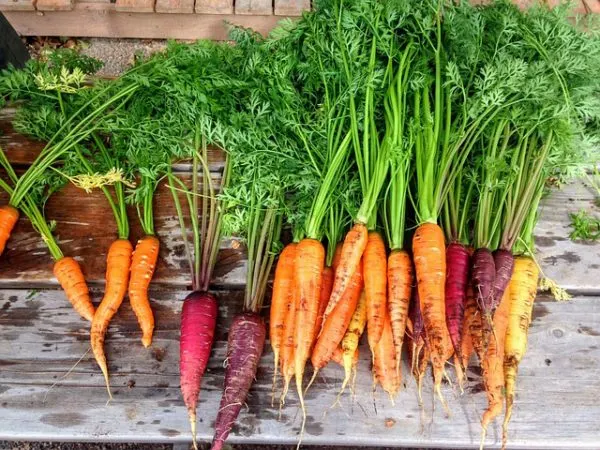
Despite their delicate appearance carrots are actually pretty hearty little nuggets. They actually sweeten after a few frosts and can be stored in the ground all winter under a thick layer of mulch to prevent the ground from freezing.
Carrots take forever to germinate and need constant moisture so keep watering the bare ground and mark the spot well so you don’t inadvertently plant over them or weed through them.
Fall Planting Varieties: Bolero, Napoli, Nelson
More Information: Farmer’s Almanac – Carrots, Cornell Gardening – Carrots
Garlic
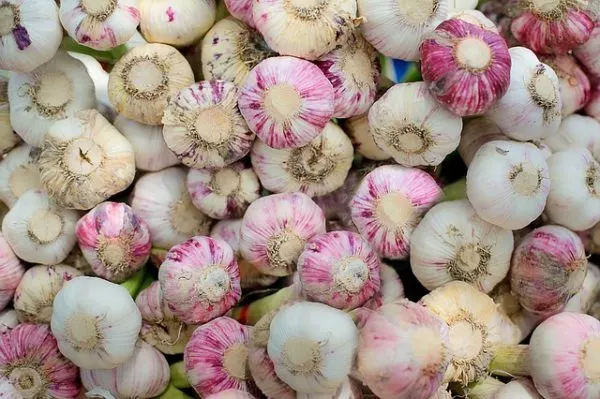
Believe it or not it’s not even close to time to plant garlic! I usually plant mine near the end of October. One year I was 8 month pregnant and having trouble reaching the middle of the bed so our garlic went in pretty haphazardly.
If the scape harvest was any indication we’re going to be fine on the garlic front. Depending on your location you can plant either hard neck (what we plant in Zone 5 NY) or soft neck. I really like Music and German White, we also buy a few random types at the Little Falls Garlic Festival every year.
Hardneck garlic gives you a bonus crop of garlic scapes, they pop up around July 4th here and they make the best pesto!
More Information: Farmer’s Almanac – Garlic, Cornell Coop – Garlic
Greens
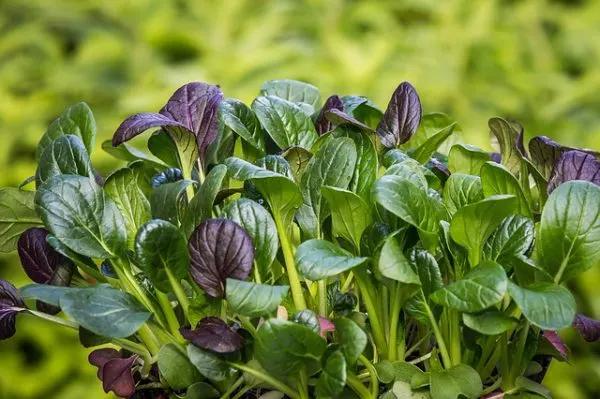
This is a catch all category for just about anything we grow for the leaves. This group is full of cold hardy, fast growing crops for salads, a stir fry or giant pot of soup. It’s hard to think about a hot bowl of soup now but come October you’ll be grateful!
Fall Planting Varieties: Extra Dwarf Pak Choy, Tatsoi, Machê, Claytonia
More Information: Cornell Coop – Bok (Pak) Choy, Mustard Greens, Claytonia
Kohlrabi
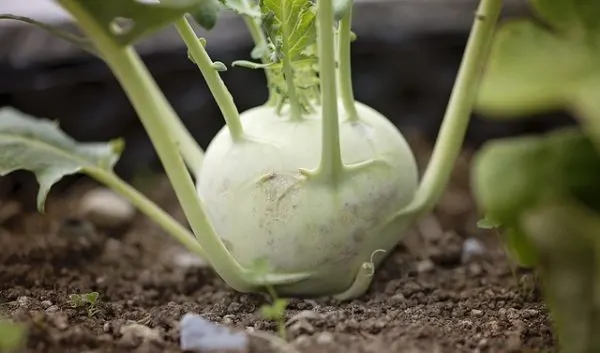
With a 6 week turnaround and a tolerance for frost (most broccoli relatives are pretty cold hardy) you should make room for some of these funny looking veggies. This is a new one for us, I’ve got a row going right now for a September harvest.
Fall Planting Varieties: Kolibri is a purple variety ready in 45 days, other types take 55-60 days
More Information: Cornell Coop – Kohlrabi
Lettuce
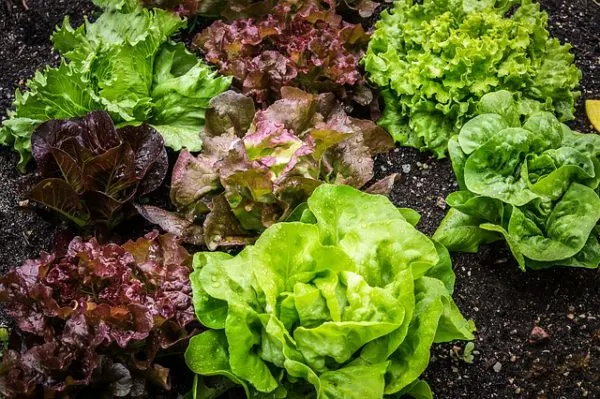
The best times to grow succulent lettuce are the cool spring and fall months. The really short growing period (as few as 3 weeks for baby leaf lettuce) allow for succession planting for a constant supply of greens. It seems like there is an infinite number of lettuce varieties available.
Fall Planting Varieties: Winter Density, Ruby Sky, Defender
More Information: Farmer’s Almanac – Lettuce, Cornell Coop – Lettuce
Radishes
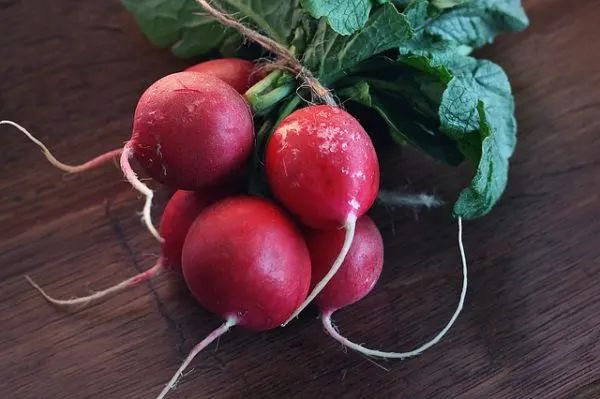
As close to instant as you can get in a garden. Regular radishes are fully grown in as few as 22 days, they are easily staggered in plantings that span from the early spring to mid fall with a break during the hottest summer months.
Special fall radishes require longer growing seasons and produce larger roots than typical spring radishes, give them around 50-60 days depending on variety.
Fall Planting Varieties: Watermelon/Red Meat, Black Spanish, Daikon
More Information: Farmer’s Almanac – Radishes, Cornell Cooperative Extension – Radishes
Spinach

Popular and fast growing spinach is great for last minute planting. There are even some varieties bred for winter harvest or overwintering for spring harvest.
Spinach is frost tolerant and actually prefers cooler weather, hot days will cause it to bolt and throw up flower stalks. Baby spinach can be harvested in as little as 4 weeks while larger leaves usually take around 6 weeks.
Keep soil well watered through the end of summer to improve germination in hot weather.
Fall Planting Varieties: Tyee, Bloomsdale Long Standing
More information: Farmer’s Almanac – Spinach, Cornell Coop – Spinach
Swiss Chard
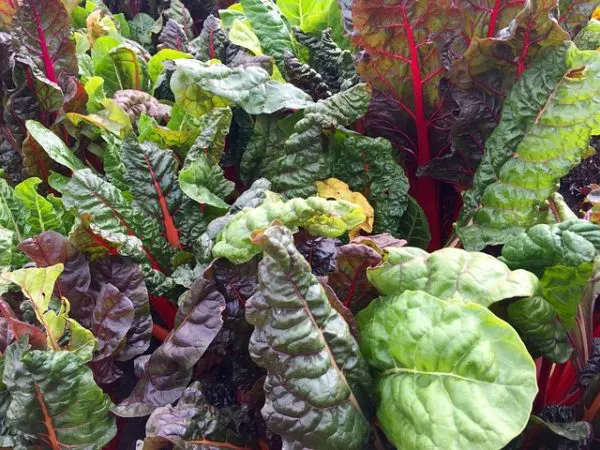
The green that keep on giving. This is a hard veggie to hold back, they spring back after shearing (leave at least 2 inches to regrow) and take frost like a champ.
Baby leaves can be harvested for salads and larger leaves can be added to soups or use in place of spinach in any recipe. Most types are ready in 25 days for baby leaves or in about 50 days for full size plants.
Fall Planting Varieties: Try Rhubarb for red stems and Fordhook Giant for white
More information: Farmer’s Almanac – Chard, Cornell Coop – Swiss Chard
Turnips
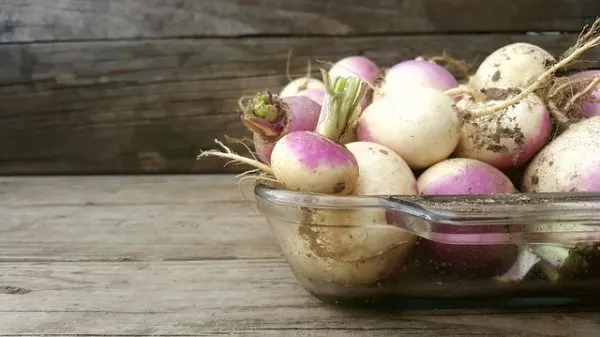
Fall is the perfect time for turnips, they have fewer pests and grow much sweeter than in the fall. They can tolerate a light frost meaning they’ll continue to grow after the tomatoes and peppers have said their final good bye.
Turnips are a traditional root cellar crop that can feed you and your family all winter long. This year we even planted a few rows of forage turnips to supplement the chickens through the winter.
Fall Planting Varieties: Purple Top, Scarlet Queen
More information: Farmer’s Almanac – Turnips, Cornell Coop – Turnips
If you need help calculation your plant-by dates check out this handy calculator: Johnny Seeds Fall Planting Calculator All you need is excel and your first frost date.
Another great resource for extending the gardening season is The Winter Harvest Handbook by Elliot Coleman. He utilizes unheated greenhouses in zone 5 Maine to grow crops all winter long for market.
Don’t forget to PIN this to your Garden Board! Check out my Garden Page for more ideas or start here:

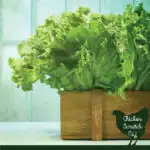
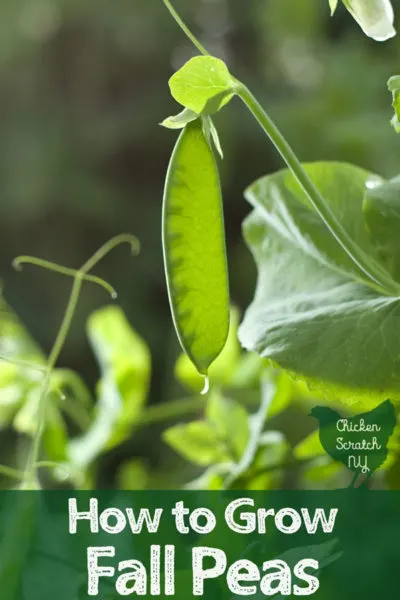
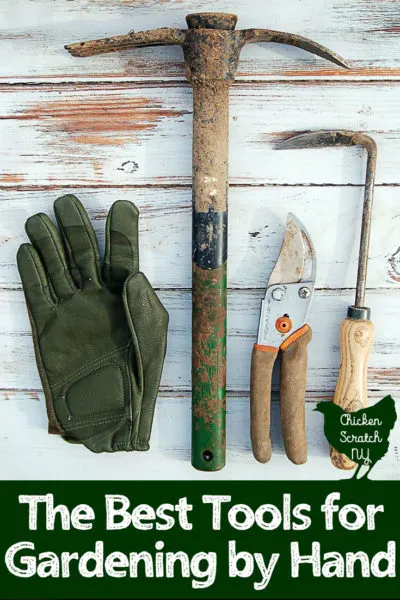
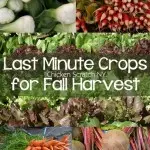
Fran Dylejko
Monday 5th of September 2016
Thanks for all the info. I will plant beets, turnips,carrots & radishes now. I'm in Tn so winters are usually mild.
terri
Sunday 13th of September 2015
Nice article thanks for sharing on what products to plant in the fall
Amanda
Monday 3rd of August 2015
Walls walla onions are another crop. Ther get big and sweet when grown over winter
Mike @ Gentleman Homestead
Thursday 14th of August 2014
Radishes are my go to crop. I love eating them in salads and even just raw by themselves time I'm feeling spicy. I probably also love them since they're so easy even *I* struggle to screw them up.
Dawn
Wednesday 13th of August 2014
This is great, thanks!
When growing the spinach, can I sow that directly into the ground now or should it be started inside? How long until it germinates?
Also, for the garlic, should that be done by itself?
Alecia
Wednesday 13th of August 2014
Everything I've read points to direct seeding spinach, that's what I do. It germinates best in cooler soil ~75 or less so depending on your area you might need to share the soil or wait a bit. Germination in warm soil is usually a week or less.
I plant garlic all by itself. You plant late fall and it doesn't come up until the following spring so I mulch it really well to keep it from heaving and limit weed growth.